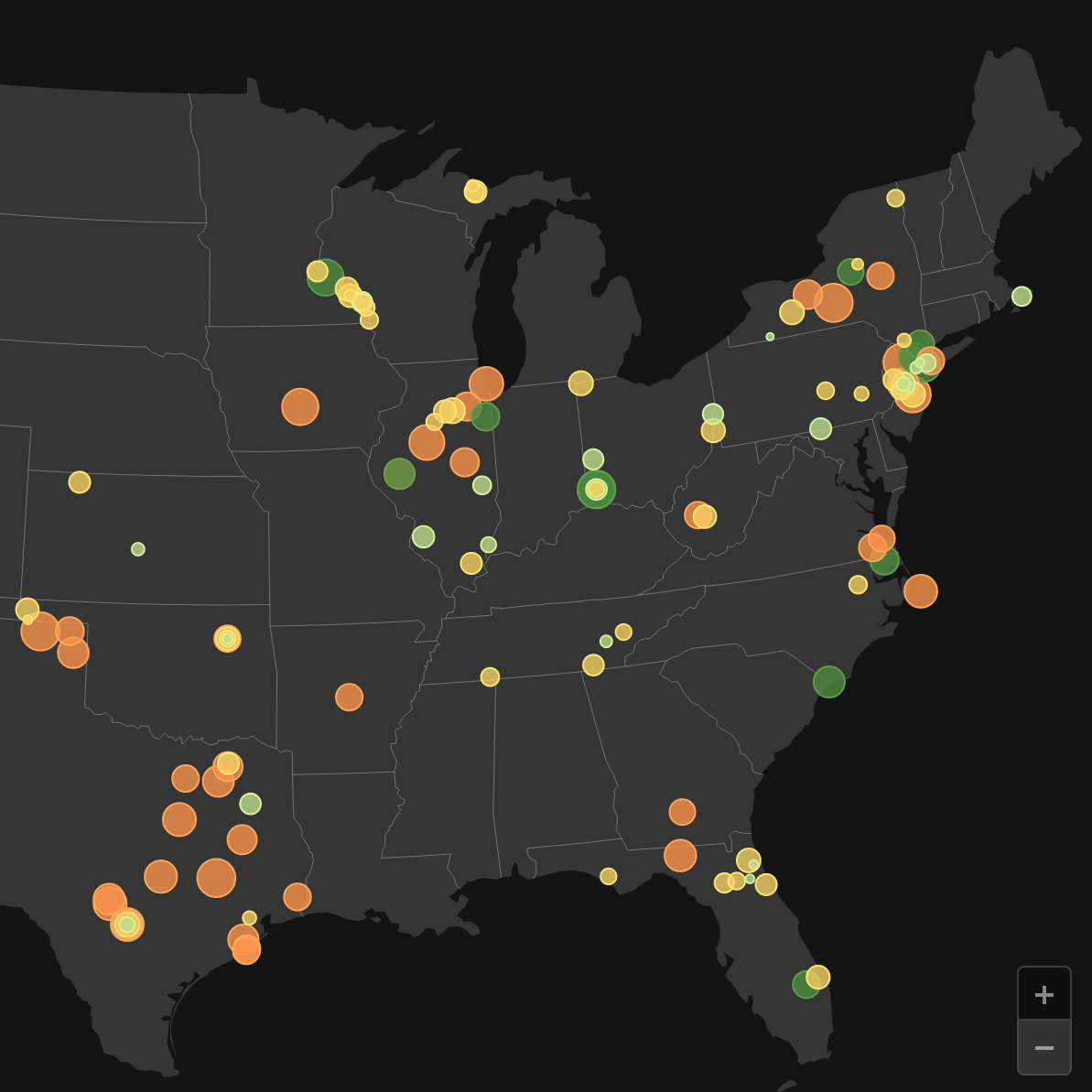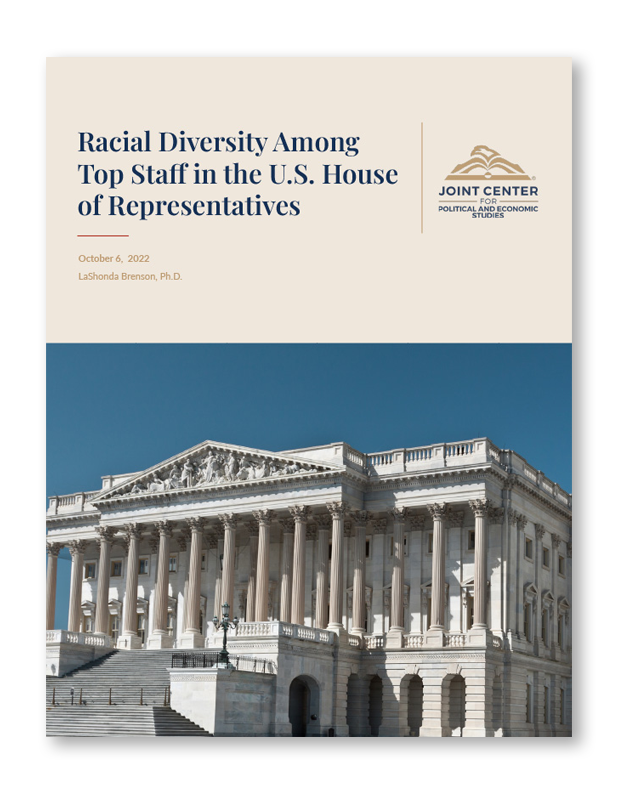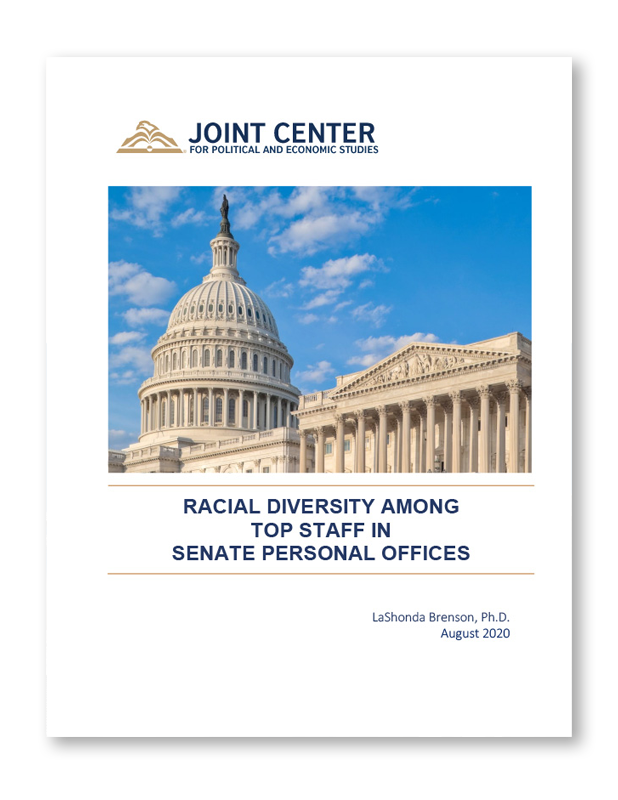Members of Congress
Adopt a Diversity Plan
Develop a written office diversity and inclusion plan that includes recruitment and hiring goals, staff retention and development strategies, data collection and analysis procedures, a clear allocation of responsibilities and performance evaluation implementation plan, and unconscious bias training for all managerial staff involved in recruitment, hiring, evaluation, and retention.
Use Diversity Resources
For best practices and leads on diverse candidates, contact the House Office on Diversity & Inclusion, the Senate Democratic Diversity Initiative, staff associations, the Tri-Caucus nonprofit organizations (i.e., The Congressional Hispanic Caucus Institute (CHCI), Congressional Black Caucus Foundation (CBCF), and Asian Pacific American Institute for Congressional Studies (APAICS)), and other organizations similarly focused on diversity in government. Use the resources provided by Representative Democracy on how to build a more diverse and inclusive office.
Establish a Bipartisan Senate Diversity and Inclusion Office
Just as the U.S. House of Representatives has done, the U.S. Senate should establish a bipartisan Senate Diversity and Inclusion Office that helps Senate offices recruit, hire, train, develop, and retain a diverse workforce, and collects and discloses disaggregated demographic data of all staff.
Read Our Coalition Letters to Congress
Read our letters, signed by 70 organizations, to new House members, new senators, returning House members, and returning senators, calling on members of Congress to prioritize hiring diverse top staff. Read our blog post to learn more.
Constituents/Citizens
Contact Your Representatives
Tell your House member and Senators to prioritize diversity in staff hiring, retention, and promotion.
Know which congressional district you live in by entering your zip code in this website.
Track Diversity
Check out our report cards for new and returning House members and senators showing the diversity of top staff hires by new and returning members of Congress.
Read Our Research
If you have a returning member of Congress, check out our 2022 House Report (pages 36-38) and 2020 Senate Report (page 22) to learn if your member had top staff of color.
In the Media
-

Roll Call
Joint Center Senior Researcher Dr. LaShonda Brenson was quoted in a Roll Call article, discussing how diverse hiring lags in the 118th Congress staff hiring. The Joint Center’s study on congressional staff diversity was also cited in the article.
According to Dr. Brenson, “there’s a lack of prioritizing diversity within hiring, retention and promotion within offices. All of these things work together to make it harder for people of color to get these positions.”
Additionally, “there’s significant disparity as it relates to our population. And that’s in contrast to the great statistics showing more people of color being elected to national office across both parties,” states Dr. Brenson.
-

The Hill
The Hill exclusively covered the launch of our Hill Diversity campaign and letter signed by 70 organizations calling for new and returning members of Congress to prioritize diversity when hiring their top staff.
In a statement, Dr. LaShonda Brenson, a senior researcher at the Joint Center, said the current lack of diversity in congressional offices indicates that “key voices and perspectives are not being heard in rooms where major decisions are made.”
-

The New York Times
Joint Center Senior Researcher Dr. LaShonda Brenson told The New York Times that she is seeing a trend of top Black staff leaving Capitol Hill, eroding their already scarce numbers. Her comments followed a call by Black congressional staff for Congress to address low pay, limited career pipelines, and a senior staff that does not look like America.
-

C-SPAN
The Joint Center’s panel entitled Advancing Black Agency at the 2022 Future of Black Communities Summit was covered by C-SPAN. According to Joint Center Senior Researcher Dr. LaShonda Brenson, “diversity has always been a challenge, especially in key positions on the Hill.”
-

The Washington Post
The Washington Post cited Joint Center analysis on the Senate Democrats’ sixth annual survey on racial, ethnic, gender, and sexual orientation/gender identity diversity of their staff.
-

Vox
Joint Center Senior Researcher Dr. LaShonda Brenson was quoted in a Vox article on racial diversity in the 118th Congress. The Joint Center’s study on congressional staff diversity was also cited in the article.
According to Dr. Brenson, “[w]hile the 118th Congress is the most racially diverse, its staff makeup is breaking records for a lack of diversity. People of color staffers now make up about 25 percent of the House’s workforce, according to LegiStorm data. That’s lower than it’s been since the 115th Congress (2017-2019).”


